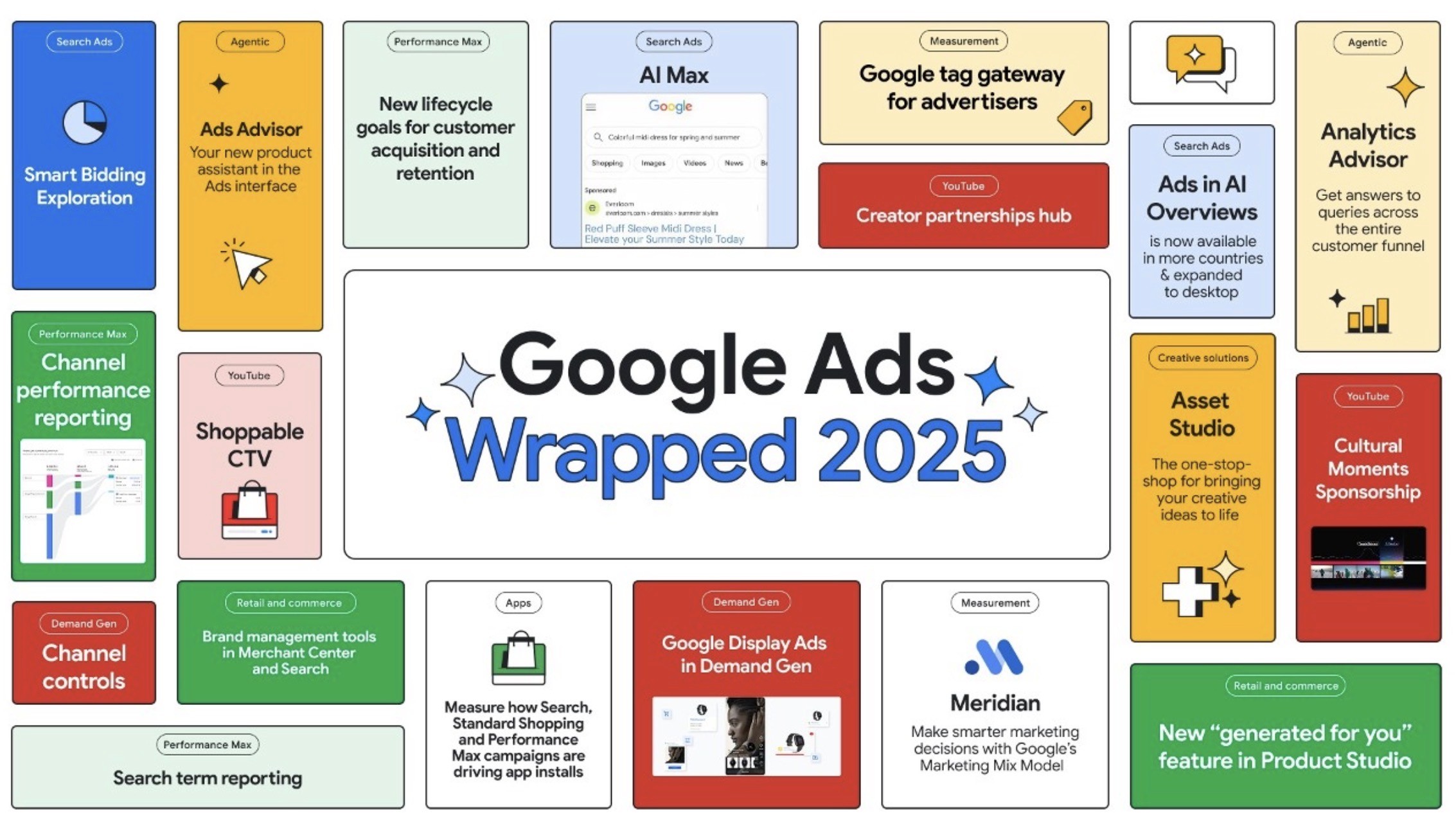Friday, September 2, 2022 / Clicky News
Is Your Social Content Accessible?
Is Your Social Content Accessible?
According to the World Health Organisation 15% of the world’s population have been identified as disabled. That’s not including the number of people who go undiagnosed or simply have more difficulty consuming content online.
According to the World Health Organisation 15% of the world’s population have been identified as disabled. That’s not including the number of people who go undiagnosed or simply have more difficulty consuming content online.




Fay Burrows
Fay Burrows
CEO & Founder
CEO & Founder
With more and more people active on social media, and more brands looking to cater for a wider audience, it’s really important that brands look beyond their website when it comes to accessibility. The WCAG guidelines in particular look to assess accessibility on websites but so far there is no formal way of moderating social content to ensure that it is as accessible as possible. This is something that marketing teams or social media professionals should be looking into and putting into practice.
There are a few simple ways we can ensure that, as marketers, we are catering for all users as well as we can.
Here are my top 5 tips for accessible social media content.
Colours and Font
This might seem obvious but colours and fonts really do play a huge role in accessibility. Imagine scrolling through Instagram and seeing a post from a brand and the background colour is white and the font is lime green and scribbly.
Adequate colour contrast is so important for people with visual impairments, colour blindness and dyslexia, amongst others. Whatever is applicable to your website should also be considered for visual content on social platforms. You can test the colour contrast of your posts here.
Similarly, there are some guidelines around what fonts are more accessible. Generally a sans serif font is a safer choice as the decorative feet of a serif font can make text more difficult to read. Arial, Verdana and Tahoma are always safe bets if you’re unsure.

Alternative Text
Not only is Alt Text great from an SEO perspective to make sure that bots can read all your images on your website, it also provides a description of images for those with visual impairments and using screen readers on their devices. This function is available on most social platforms including Linkedin, Twitter, Facebook and even Instagram. Be simple but descriptive with your alt text like the examples below.

Captions, subtitles and voiceovers
Videos on social platforms should still be able to be enjoyed by everyone. Make sure you’re adding captions or subtitles to any videos driven by audio. Closed caption functions are available now on a lot of platforms, including Facebook and Youtube. They use voice recognition and machine learning to write the captions for you and you can just go in and tweak them if it has misheard anything.
For videos that are driven by visuals, make sure that your message can be understood by the visuals themselves; you’re using audio descriptions within the video itself; or clearly explaining what happens within the post copy, comments or follow up post that could be read by a screen reader.
As an ‘audio always on’ platform Tiktok has a really great caption/voiceover tool and Instagram stories have a great caption function which will follow along as you speak.
Hashtags
No doubt you’ll be using hashtags on most of your social posts. Did you know that screen readers can’t read hashtags properly unless the first letter of every word is capitalised? It can make for a sticky situation if a hashtag is misread or unclear (if anyone remembers #susanalbumparty you’ll know what I’m talking about).
It’s a really simple thing that can make all the difference to a person’s online experience. Yes, they might not look as slick as a full lowercase hashtag but, just like an email address, hashtags aren’t case sensitive so #LetsHashtagWithCapitalLetters
GIFs, Memes and Reels
Gone are the days of only seeing static images on social media. GIFs, memes and reels are so popular but sadly, can’t always be enjoyed by everyone. If you’re using GIFs, memes or Reels across socials, make sure there is a good amount of time between each frame. This way, slower readers or people with cognitive challenges can still absorb and enjoy the content. If it rolls around too fast, it can’t be processed. The caption, subtitle and voiceover rules also still apply here!
We all deserve to have a great experience on social and brands should be at the forefront in ensuring that their content is enjoyable for everyone. Hopefully by actioning some of the above tips, you will become more inclusive and accessible and open your world up to those who may not have been able to be a part of it before.
With more and more people active on social media, and more brands looking to cater for a wider audience, it’s really important that brands look beyond their website when it comes to accessibility. The WCAG guidelines in particular look to assess accessibility on websites but so far there is no formal way of moderating social content to ensure that it is as accessible as possible. This is something that marketing teams or social media professionals should be looking into and putting into practice.
There are a few simple ways we can ensure that, as marketers, we are catering for all users as well as we can.
Here are my top 5 tips for accessible social media content.
Colours and Font
This might seem obvious but colours and fonts really do play a huge role in accessibility. Imagine scrolling through Instagram and seeing a post from a brand and the background colour is white and the font is lime green and scribbly.
Adequate colour contrast is so important for people with visual impairments, colour blindness and dyslexia, amongst others. Whatever is applicable to your website should also be considered for visual content on social platforms. You can test the colour contrast of your posts here.
Similarly, there are some guidelines around what fonts are more accessible. Generally a sans serif font is a safer choice as the decorative feet of a serif font can make text more difficult to read. Arial, Verdana and Tahoma are always safe bets if you’re unsure.

Alternative Text
Not only is Alt Text great from an SEO perspective to make sure that bots can read all your images on your website, it also provides a description of images for those with visual impairments and using screen readers on their devices. This function is available on most social platforms including Linkedin, Twitter, Facebook and even Instagram. Be simple but descriptive with your alt text like the examples below.

Captions, subtitles and voiceovers
Videos on social platforms should still be able to be enjoyed by everyone. Make sure you’re adding captions or subtitles to any videos driven by audio. Closed caption functions are available now on a lot of platforms, including Facebook and Youtube. They use voice recognition and machine learning to write the captions for you and you can just go in and tweak them if it has misheard anything.
For videos that are driven by visuals, make sure that your message can be understood by the visuals themselves; you’re using audio descriptions within the video itself; or clearly explaining what happens within the post copy, comments or follow up post that could be read by a screen reader.
As an ‘audio always on’ platform Tiktok has a really great caption/voiceover tool and Instagram stories have a great caption function which will follow along as you speak.
Hashtags
No doubt you’ll be using hashtags on most of your social posts. Did you know that screen readers can’t read hashtags properly unless the first letter of every word is capitalised? It can make for a sticky situation if a hashtag is misread or unclear (if anyone remembers #susanalbumparty you’ll know what I’m talking about).
It’s a really simple thing that can make all the difference to a person’s online experience. Yes, they might not look as slick as a full lowercase hashtag but, just like an email address, hashtags aren’t case sensitive so #LetsHashtagWithCapitalLetters
GIFs, Memes and Reels
Gone are the days of only seeing static images on social media. GIFs, memes and reels are so popular but sadly, can’t always be enjoyed by everyone. If you’re using GIFs, memes or Reels across socials, make sure there is a good amount of time between each frame. This way, slower readers or people with cognitive challenges can still absorb and enjoy the content. If it rolls around too fast, it can’t be processed. The caption, subtitle and voiceover rules also still apply here!
We all deserve to have a great experience on social and brands should be at the forefront in ensuring that their content is enjoyable for everyone. Hopefully by actioning some of the above tips, you will become more inclusive and accessible and open your world up to those who may not have been able to be a part of it before.
more BLogs
more BLogs





